Eravikulam National Park
Eravikulam National Park: Location: 15 km from Munnar. Visiting hours : 7:00 am to 6:00 pm. A sanctuary for the endangered mountain goat of South India, the Nilgiri Tahr and many more.
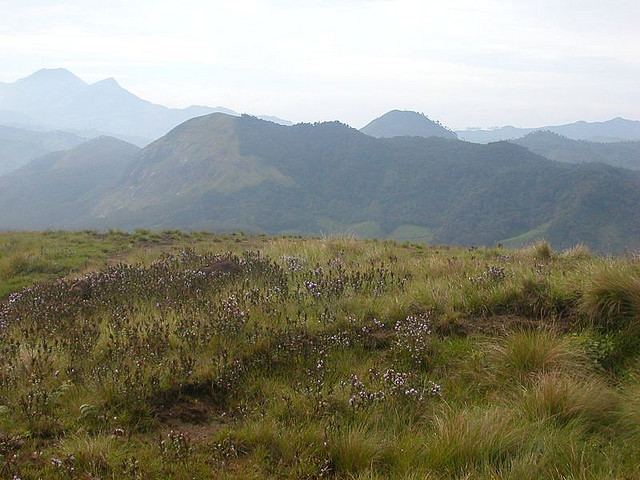
Eravikulam National Park: Location: 15 km from Munnar. Visiting hours : 7:00 am to 6:00 pm. A sanctuary for the endangered mountain goat of South India, the Nilgiri Tahr and many more.

Stretched over to a large expansion Nanda Devi National Park is a natural habitat to bizarre and scarce species. Beautifully placed in the midst of snowy mountain ranges of the Himalayas, this National Park proffers the lovely companionship of animal kingdom and the Mother Nature. A lovely place that has been a dream destination of nature lovers and mountaineers, Nanda Devi National Park is suitably complimented by the tender countryside of the Valley of Flowers.
The park boast of rich bio-diversity with so many exotic varieties of Himalayan Plants and endangered animals. Rare species like the snow leopard, Asiatic black bear, blue sheep and brown bear are on the verge of extinction and the park gives them a natural environ to inhabit.
The stunningly beautiful Valley of Flowers is a high-altitude National Park in the upper reaches of Garhwal mountain range in Uttarakhand.
Inaccessible through much of the year, the valley comes to life after the snows have melted and the monsoon have arrived. Approximately 500 species of flowers carpet the ~88 sq km park for miles on end. Adding to its beauty, the park is surrounded by snow-capped Himalayan mountains of the Zanskar range.
The Valley of Flowers was declared a National Park in 1982 and is recognised as a World Heritage Site (UNESCO).
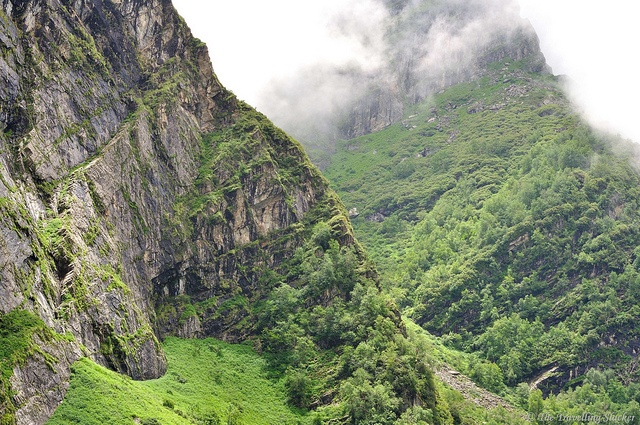
Sundarbans National Park was proclaimed as the core area of Sundarbans Tiger Reserve in 1973 and is declared wildlife sanctuary in 1977. It was adorned on the UNESCO World heritage in 1987 and the Sundarbans region as a whole was announced in 1989 as Biosphere Reserve.
Sundarbans National Park is the leading mangrove forest in the world, containing majority of mangrove types identified in the world and these grow up well in the Sundarbans. There are many varieties of plant species, nearly 64, with the capacity to withstand extreme conditions and salty shower on account of tidal effects. Some of the more commonly found plants and trees in the park are Goran, Genwa, Dhundal, Garjan, Kankra, Sundari and Passur.
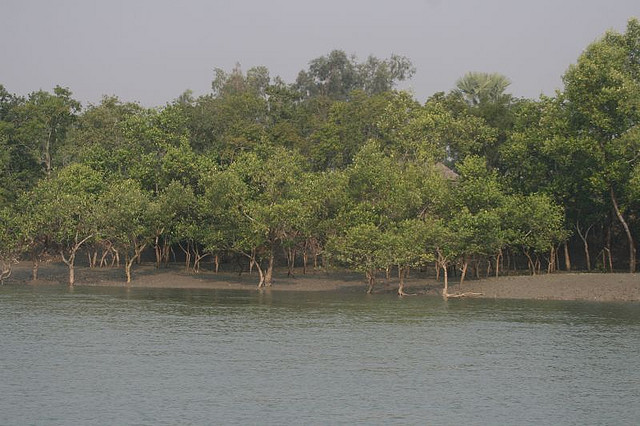
It is the largest wildlife sanctuary in North Bengal with an area of 217 sq.kms. There are 240 species of birds, 20 species of mammals and various species of reptiles and fishes. One horn rhino is the uniqueness of the forest of Eastern Himalaya. Jaldapara is specially known for preservation of one horn rhino. An elephant safari in Jaldapara is the key attraction of Jaldapara.
Kaziranga National Park, a World Heritage Site, is famous as a preserve of the Indian one-horned rhinoceros. It covers a wide area of the Nagaon and Golaghat districts of Assam. The Brahmaputra River flows from the northern side of the park. The Kaziranga National Park has woodlands, water bodies and grasslands.
The park has four major mountain ranges, namely the Kohora Range, Agartoli Range, Bagori Range and Burapahar Range. The Kohara Range is rich in bird species. Elephants and turtles can be seen in the Agartoli Range. The thick plantations of semi-evergreen forests of the Bagori Range provide shelter to the Indian one-horned rhinoceros. The giant hornbill, hoolock gibbon and capped langur can be seen in the Burapahar Range.
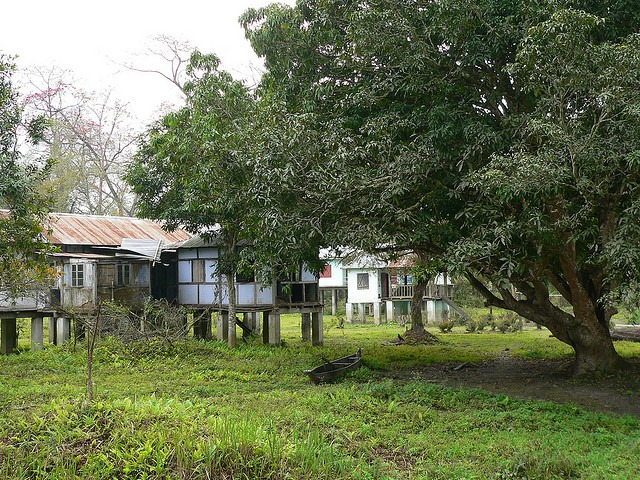
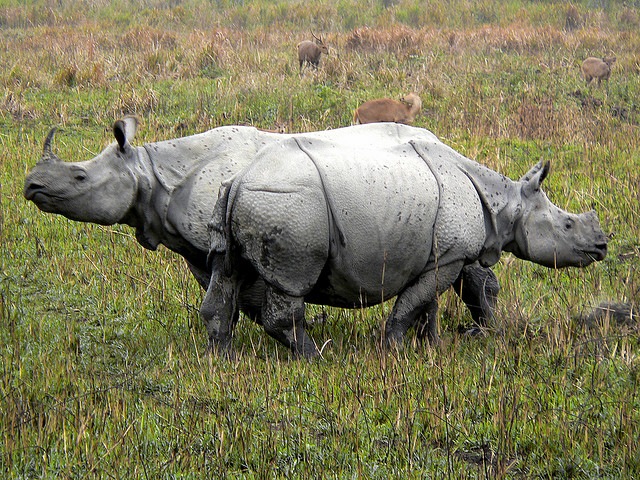
One of the major attractions of the state of Arunachal Pradesh are the wild cats that rule the snow bound ranges of the Himalayas. The snow leopards as they are commonly known are found in abundance in wild, however, you need not scan the mountain tops for them. A visit to the Namdhapa Park would provide you with a glimpse of the snow leopard and even its lesser famous sibling the clouded leopard. The Park also houses many other wilder as well as the meeker species of Himalayan black bear and Red Panda. The Park also provides an opportunity for the entire family to enjoy the trip with its excellent entertainment and culinary facilities.
Nameri National Park is 21 kms away from Bhalukpong and is a Tiger Reserve. It is home to a very large variety of wildlife and since it receives relatively lesser number of visitors as compared to other wildlife parks of the region, it is largely unspoilt.